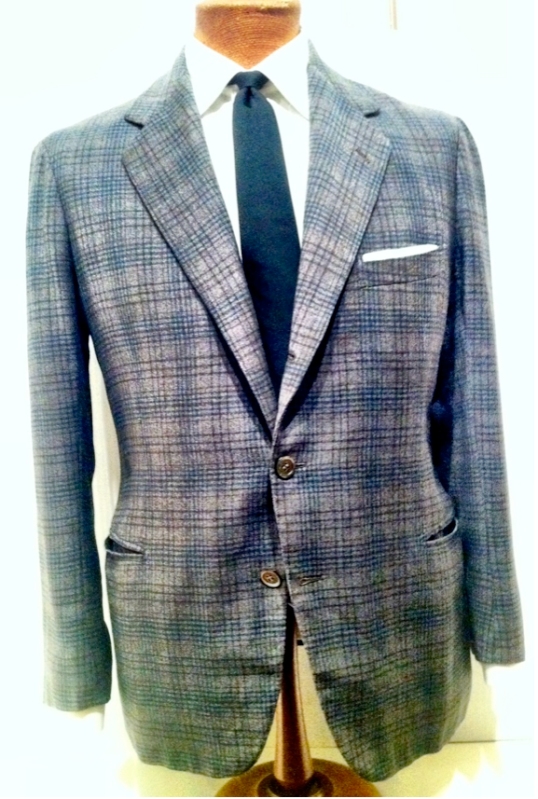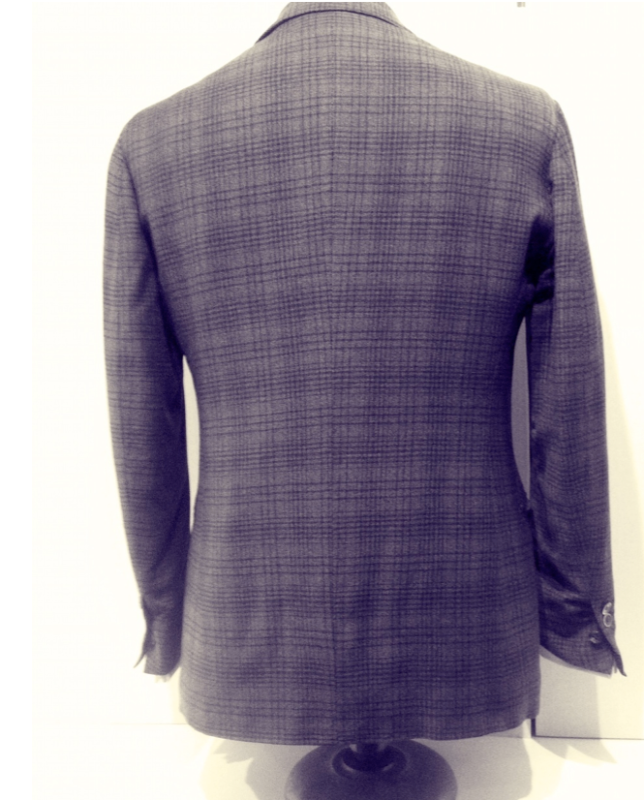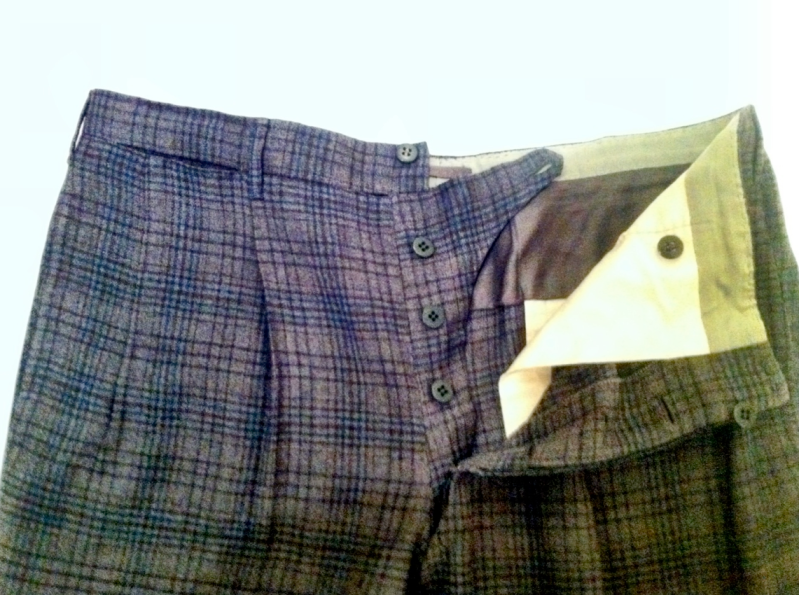If you put it on eBay you might get $50, if the stars were aligned. But seriously, consider it pretty much worthless.
http://shop.ebay.com/i.html?_from=R..._nkw=mani+suit+mens&_sacat=See-All-Categories
http://shop.ebay.com/i.html?_from=R..._nkw=mani+suit+mens&_sacat=See-All-Categories











